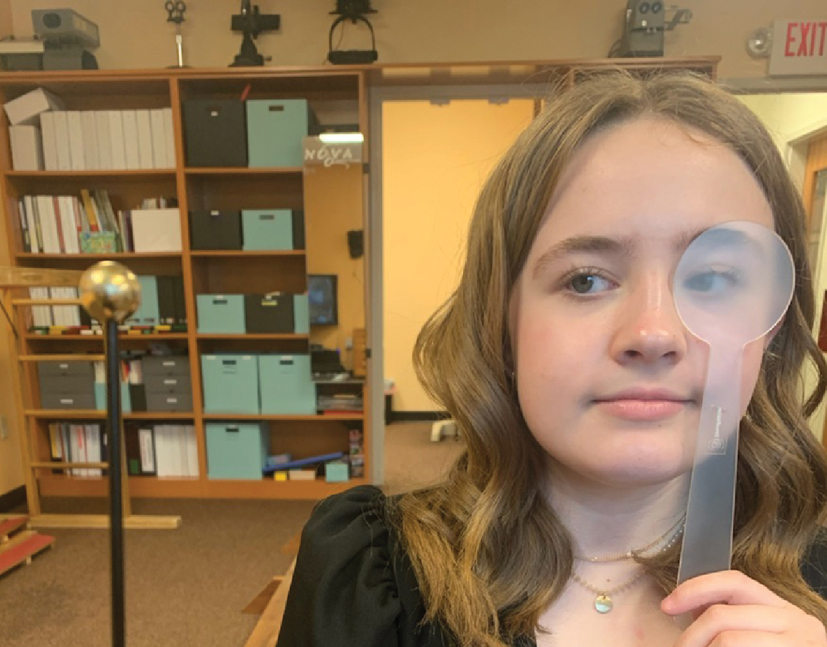 |
|
An ocular condition, most likely refractive error or strabismus, is the cause of headaches in a quarter of children who experience them. Photo: Brenda Montecalvo, OD. |
While ocular issues potentially resulting in headaches is well known, this problem is less documented in kids. New research aimed to clarify how prevalent this may be for children who complain of headaches.
The retrospective study included 1,878 children, who underwent sensorimotor, anterior segment and dilated funduscopic examinations (either with or without cycloplegic refraction). The researchers found that nearly a quarter of the children had at least one new ocular finding upon examination, suggesting that headaches or an intracranial disease may be caused by an ophthalmologic source. Ocular findings of the kids included refractive issues, strabismus, optic nerve elevation, uveitis and glaucoma.
The most common condition presented was refractive issues, present in 18.2% of the children. This is consistent with prior literature that indicates associations do exist between refractive errors and headaches. Among the kids who had a full cycloplegic refraction, 6.9% presented a significant change in spherical equivalent refractive error. Additionally, 12.9% displayed an astigmatic change greater than 1D, while 8.0% displayed an anisometropic change greater than 1D.
The researchers point out that recent refraction in children may then need to be evaluated, considering refractive issues as a potential cause if they complain of new onset headaches. With a relatively high percentage of refractive errors observed, the researchers pose that the children likely are suffering from asthenopia, characterized by chronic headache and eye fatigue; the condition is either caused by uncorrected refractive errors or convergence impairment. It is important to consider that children may also describe asthenopia more akin to headache if they do not know how to describe eye strain. Subsequently, practitioners should think in broad terms what a child may mean when they describe their symptoms, in this case, head pain.
Researchers did report finding more serious ocular disorders, although their incidence was much lower. Included in this category are uveitis, glaucoma, and extra ocular inflammatory conditions like episcleritis, orbital inflammatory syndrome and orbital cellulitis. All these are documented causes of ocular pain and headaches and are even listed for periorbital headaches as part of the differential diagnosis. Despite the low prevalence of these conditions amongst children, an ophthalmologic exam plays a crucial role in intervention and treatment of the diseases, especially for some that may threaten the patient’s vision.
Based on the research, the authors conclude that “a full ophthalmologic examination, including cycloplegic refraction, is indicated in the diagnostic workup of children with headache.” They reiterate the importance of testing because “while complaints of nausea/vomiting, visual changes, or morning headache should raise concern, generally the presence or absence of coincident visual, ocular, or systemic symptoms are not reliable predictors of the likelihood of ocular pathology in a child with headache, and the absence of such symptoms does not obviate the need for an ophthalmologist examination.”
Lin LY, Pan W, Ying GS, Binenbaum G. Ocular findings in children with headache. Ophthalmol Epidemiology. September 20, 2022. [Epub ahead of print]. |

